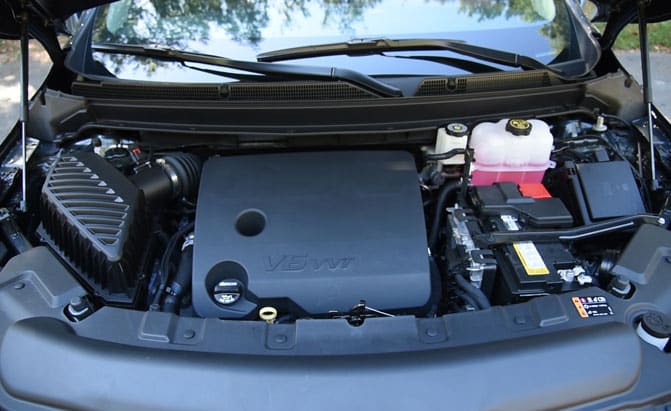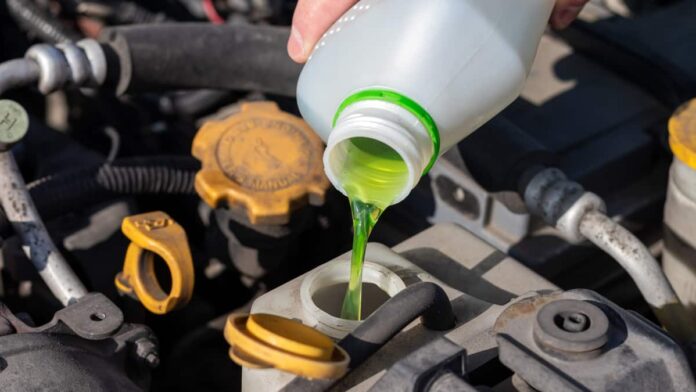Although they are not the same, coolant and antifreeze are frequently used interchangeably. The primary component of antifreeze, ethylene glycol or propylene glycol, must be combined with water to make coolant, which is the liquid you will find in the cooling systems of all “water-cooled” automobiles.
Although it can include up to 70% antifreeze in extremely cold temperatures, coolant normally has a 50-50 mixture of antifreeze and water. The 50/50 mixture prevents freezing in temperatures of 30 below zero or lower and offers enough cooling for engines that operate at temperatures of more than 200 degrees.
Due to the fact that water boils at 212 degrees and freezes at 32, as well as the fact that it can corrode cooling system components, water by itself is unable to provide engines with the cooling or anti-freeze protection they need. Since liquid expands when it freezes, overheating can deform engine parts and cause other parts, such as engine blocks, to crack.
Antifreeze in its pure form won’t offer any more defense against freezing.
Antifreeze has a zero freezing point by itself, however when combined 50/50 with water, the freezing point drops to 35 below zero and the boiling point rises to 223 or higher.
Coolant can be found in the radiator when the engine is not running. When the engine is running, the air is forced through the engine’s passageways to absorb heat before returning through the radiator to be cooled by outside air before recirculating through the engine. When a car’s heater is engaged, some coolant is routed to the heater core, where it warms it before the blower delivers heated air into the cabin.

How Is Antifreeze Different?
Antifreeze differs from conventional cooling system fluids in that it has corrosion inhibitors to stop rust from harming the radiator, water pump, and other cooling system components. It used to be standard maintenance to flush the cooling systems and add new coolant, but many modern vehicles may now travel 100,000 miles without a flush or never need new coolant.
For use in particular cars, antifreeze is available in a variety of chemical compositions and colors, including green, orange, and pink. Inorganic acid technology, organic acid technology, and a combination of the two are three different types of chemistry. It is not advisable to combine them. The owner’s manual for the car should have instructions on the proper antifreeze to use.
Safety Implications
When topping off or replacing your coolant, you should take care to select the proper blend for your vehicle. To determine the required type, consult your owner’s manual and carefully study labels before making a purchase. Another point to double-check is that parts stores sell both containers of plain antifreeze and ones that have been pre-mixed with 50% water.
Small amounts of straight antifreeze added to the cooling system to top it off won’t interfere with the cooling and boiling protection, but mixing it with the right amount of water is recommended. The cooling system overflow reservoir needs to be filled with coolant when the engine is cold. There will be indications on the reservoir that indicate whether the coolant level is low.
Never open the radiator cap when the engine is hot because the pressure in the cooling system will cause the coolant to reach a temperature of more than 200 degrees.

